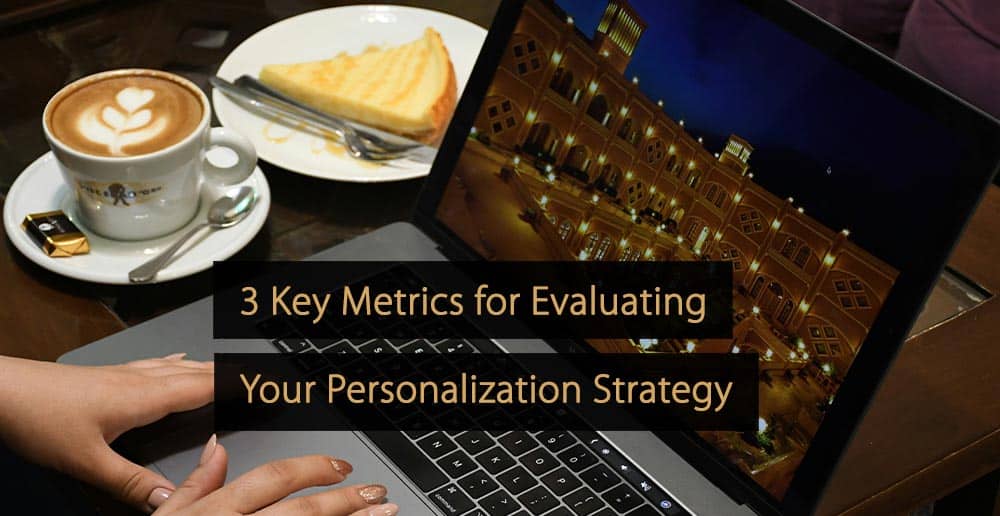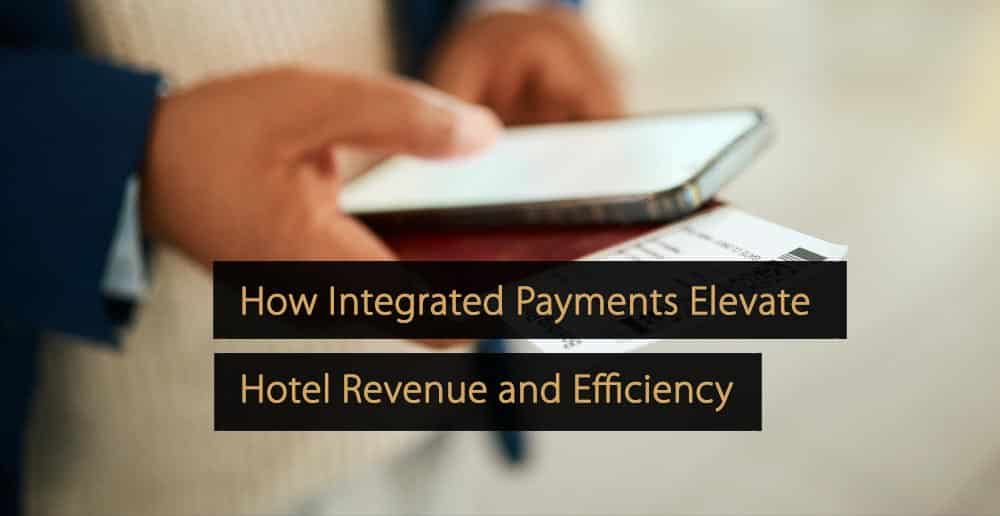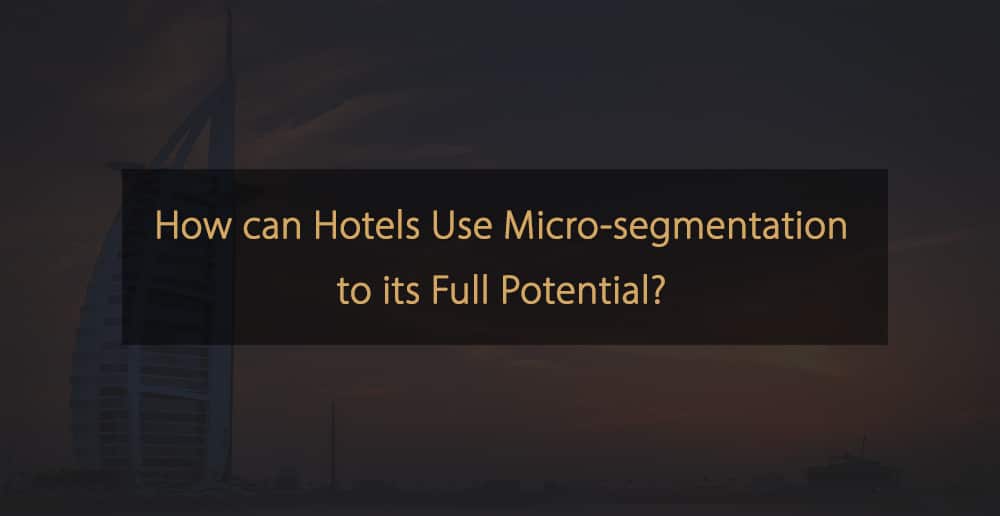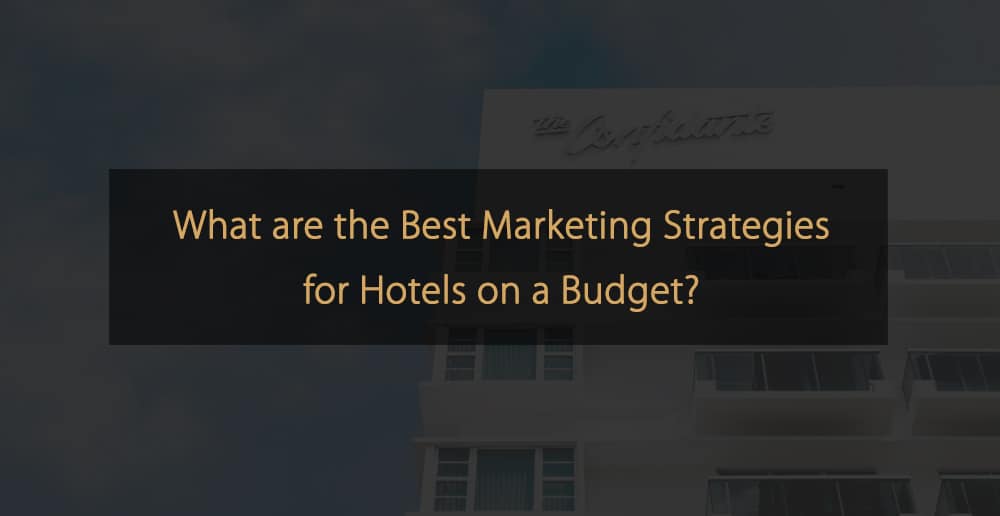Personalized digital marketing is a proven approach for increasing direct bookings and growing revenue, but personalization isn’t a “set it and forget it” strategy. Here’s how to evaluate your marketing personalization program, and how to pivot when the metrics don’t meet your expectations.
Personalization is Important for Elevating Guest Experiences.
Travel is personal. It doesn’t matter whether the purpose for a trip is business, or leisure, or other, every traveler has their own, individual set of wants and needs for their journey and, more specifically, their accommodations.
While the din from rival properties and online travel agencies (OTA) has never been greater, hotel marketing teams have never had more powerful personalization tools at their disposal. Personalized emails, custom content delivery, relevant product recommendations, and targeted ads; marketers today are able to tailor communications at scale and directly address an individual traveler’s demands, which helps their property stand out amongst the noise.
More and more hospitality teams are adopting a personalized marketing approach, with one recent study noting that 92% of hoteliers felt personalization is important for elevating guest experiences.
But after embracing marketing personalization … then what?
As with all marketing strategies, it’s important for hotel teams to routinely evaluate the effectiveness of their execution in order to identify areas of opportunity and growth.
Three Metrics for Evaluating Your Personalization Strategy
Here are the three key metrics hotel marketing teams should use to evaluate their personalization strategy.
1. Conversion Rate
At a minimum, personalized marketing should spark conversion rates to rise.
A successful personalization strategy significantly impacts conversion rates by guiding guests through the booking process and presenting them with custom offers and incentives that resonate with their specific preferences and interests. It’s common for properties to see conversions double or triple, with some hotels experiencing an even more dramatic upswing.
If conversion rates remain stagnant or only modestly increase over a period of time, the team should regroup and adjust. If conversion rates still don’t meet expectations, consider working with an experienced, outside marketing team proficient in hospitality marketing personalization.
2. Revenue per User or Visitor (RPU/RPV)
Personalization should drive incremental revenue by tailoring offers and recommendations to individual guest preferences, increasing the likelihood of additional purchases and upselling throughout the booking process and pre-stay period.
If revenue per visitor increases over time after the implementation of personalized marketing, it indicates that your efforts are becoming more effective in converting website visitors into guests or customers.
Understanding how much revenue each visitor generates can also help you determine the profitability of your website. By comparing revenue per visitor to the cost of acquiring visitors, you can assess the greater return on investment (ROI) of your marketing campaigns and make informed decisions about resource allocation.
Revenue per visitor can also be analyzed across different segments to help identify which type of guest best fits your personas. This segmentation helps you identify which customer segments are the most valuable and allows you to adjust your marketing efforts accordingly.
3. Average Order Value (AOV)
When implementing personalization strategies, it’s crucial to recognize the potential impact on bolstering additional revenue streams.
By presenting guests with personalized offers and incentives, hotels have an opening to increase their AOV, driving higher revenue per transaction and maximizing their ROI.
What Do You Do When the Metrics Don’t Meet Your Goals?
Personalization at scale is a relatively new concept. Few hotels have been doing it for more than a handful of months, and it takes time for teams to become proficient.
Partnering with an experienced hospitality marketing agency, such as Screen Pilot, can be a springboard for hotel teams that are new to personalization, assuring swift, comprehensive implementation.
Hospitality teams with an established personalization program can benefit from the fresh eyes of an outside agency, which can audit, analyze key metrics, and suggest adjustments to ensure an optimized program.
By focusing on these key metrics, continuously optimizing personalization strategies, and employing the aid of an outside hospitality marketing partner as needed, hotel teams can drive meaningful growth, craft an optimized guest journey, and differentiate their brand, both today and in the years to come.
Free Hotel Case Study: How Marketing Personalization Motivates Travelers and Drives Bookings for Hotels
In this compact case study, you’ll find data showing the importance of marketing personalization to the average traveler. Download the case study to learn how any hotel with a digital footprint can use marketing personalization to increase conversions.
Click here to download the case study “How Marketing Personalization Motivates Travelers and Drives Bookings for Hotels”.







Leave A Comment